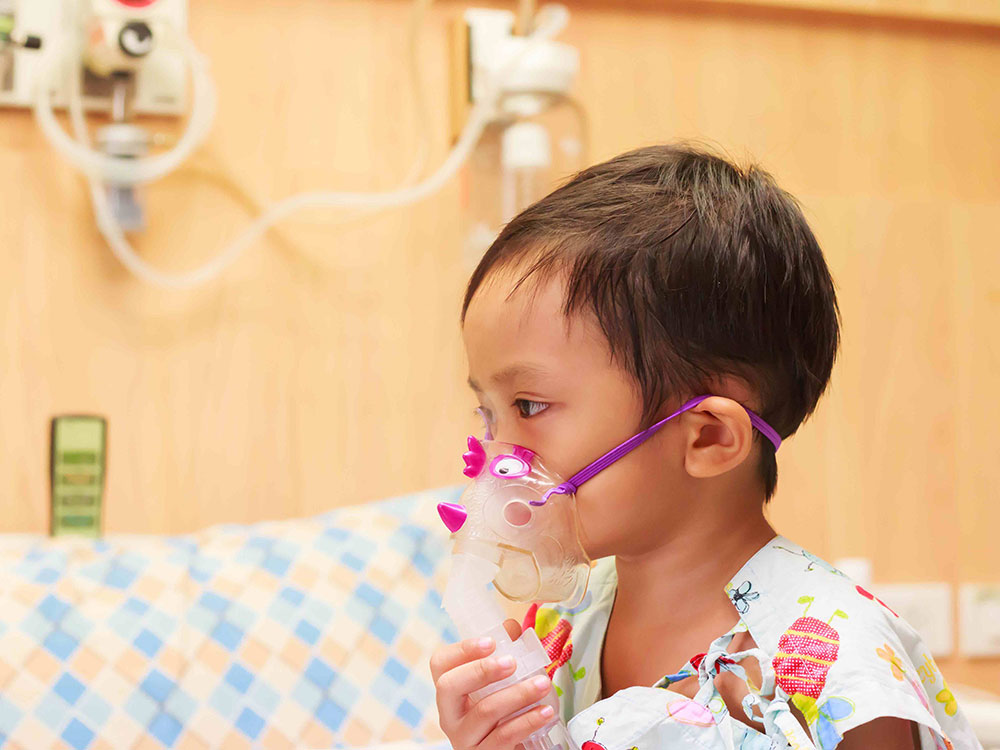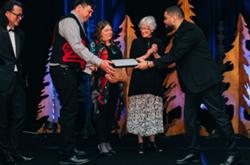Since 2022, a triple epidemic of respiratory viruses — RSV, influenza and SARS-CoV-2 — has been disrupting our daily lives. In addition, the media constantly reminds us of how this is straining emergency departments.
How does the present respiratory virus season differ from seasons during the pre-COVID era?
As a specialist in virus-host interaction, I would like to shed some light on the new dynamics of the respiratory virus season.
COVID is still here, and it’s not seasonal
SARS-CoV-2, the instigator of the COVID-19 pandemic, is still with us. Despite limited access to screening tests, analysis of the number of hospital admissions shows that the virus is still going strong.
Quebec’s Institut National de Santé Publique counted more than 33,000 hospitalizations in Quebec in 2023 affecting all age categories, including 648 children under the age of nine.
The virus is not seasonal. It has a strikingly efficient capacity to spread through aerosols, especially as we take refuge indoors to escape the cold.
The virus currently circulating is actually a mixture of different viruses, known as variants, each of which has the potential to partially evade the immunity an individual has acquired through a previous infection or vaccination.
A flu resurgence
After a hiatus due to health measures, the influenza virus, which causes seasonal flu, has returned with the same force. It is once again circulating in different variants belonging to strains A and B, although scientists believe that one Type B strain, the Yamagata lineage, has disappeared.
A variant of H1N1 Type A, different from the viruses that caused the 1918 and 2009 pandemics, is now dominant in North America where it is causing an increase in hospital admissions, especially among the elderly and young children.
However, we must remain vigilant, as the strain may change within the same season. What could this mean? The target population could change, as it did in the 2018-19 season.
RSV resumes pre-pandemic transmission levels
The respiratory syncytial virus also appears to be resuming its pre-pandemic transmission levels.
RSV causes bronchiolitis and pneumonia. Bronchiolitis is characterized by the obstruction of the small airways, which can progress to wheezing or respiratory distress.
Virtually all children are infected with RSV before the age of two, and RSV infection is one of the main causes of hospitalization in young children.
Before the COVID-19 pandemic, there was an average of 2,523 hospitalizations per year in Canada, half of them in children under six months of age and more than a quarter requiring admission to intensive care.
But RSV also severely affects the elderly and adults who are immunocompromised or have existing chronic conditions. RSV shows high levels of severe illness, hospital admissions and in-hospital deaths in adults, figures which are comparable to those for influenza.
Admittedly, although these three viruses are attracting attention, other less publicized respiratory viruses are also circulating, demonstrating a diverse viral environment.
How COVID changed everything
The presence of SARS-CoV-2 marks the principal difference from the pre-pandemic era, since it is augmenting the burden on an already weakened health-care system. The challenge is amplified by the extremely high transmission capacity of SARS-CoV-2 compared with influenza and RSV, which makes seasonal management much more complex.
Until the SARS-CoV-2 pandemic, the respiratory virus season had a fairly predictable beginning and end that was determined by virus surveillance over the years. Our systems were already struggling to absorb this seasonal increase in patients. But today, the picture has become even more complex with the continuing presence of SARS-CoV-2.
And our hospitals, with no time to catch their breath, are struggling to keep up.
Beyond infection
The second major difference that should not be overlooked is SARS-CoV-2’s ability to cause widespread health problems well beyond the respiratory system. In addition, it causes long-term consequences after infection, such as post-COVID syndrome (also known as long COVID), which affects millions of people.
The extent of the consequences of infection and re-infection on human health remains uncertain, as does the effectiveness of vaccines in limiting these effects. The SARS-CoV-2 pandemic — with its exceptional transmission levels — has produced a large number of patients available for research. Coupled with unprecedented funding, this has made it possible to undertake research that has never been possible before on a post-viral syndrome.
Of course, the number of people infected with RSV or influenza globally each year does not even come close to the number infected with SARS-CoV-2, even at this stage of the pandemic. However, there is considerable evidence that, in addition to the acute symptoms and mortality associated with influenza and RSV, post-viral conditions also exist, as they do with SARS-CoV-2.
A different future for RSV
The final distinction from the pre-pandemic period is the arrival of RSV vaccines. In Canada, the Arexvy vaccine has been approved for people over 60, and the Abrysvo vaccine was also approved for pregnant women, providing immunity to children from birth. However, these two vaccines have not yet been officially recommended. We are still waiting for a vaccine to be made available for children.
The trio of vaccines against COVID-19, influenza and RSV will certainly help to reduce the severe symptoms associated with respiratory virus infections in the coming seasons.
However, our primary objective must be to reduce the incidence of respiratory virus infections. Despite vaccination, we can expect the mortality and morbidity associated with these infections to increase as the population ages.
All three viruses share a common trait — they spread through the air. Their transmission could be reduced by implementing passive strategies aimed at reducing the concentration of aerosols in indoor air.![]()
![]()
Read more: Health, Coronavirus
















Tyee Commenting Guidelines
Comments that violate guidelines risk being deleted, and violations may result in a temporary or permanent user ban. Maintain the spirit of good conversation to stay in the discussion and be patient with moderators. Comments are reviewed regularly but not in real time.
Do:
Do not: